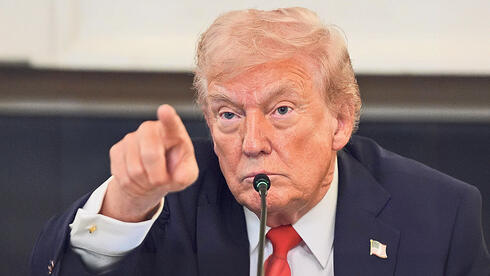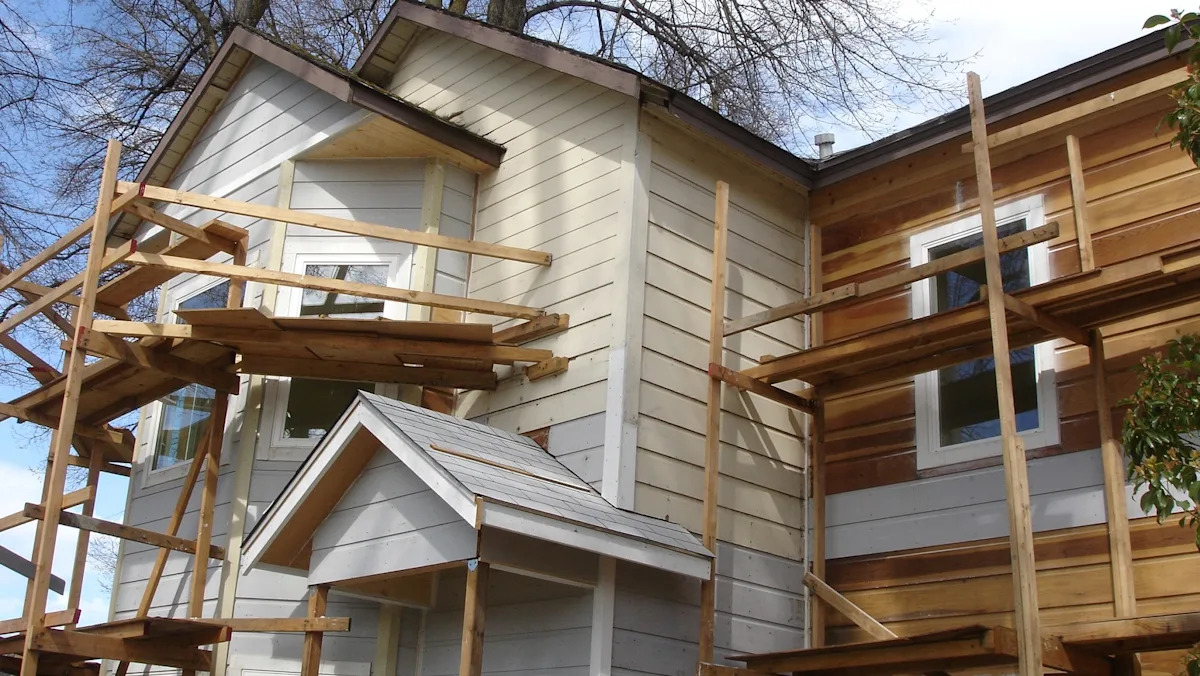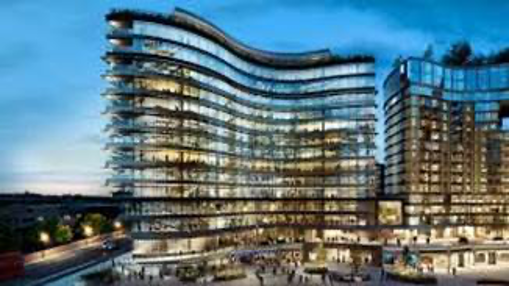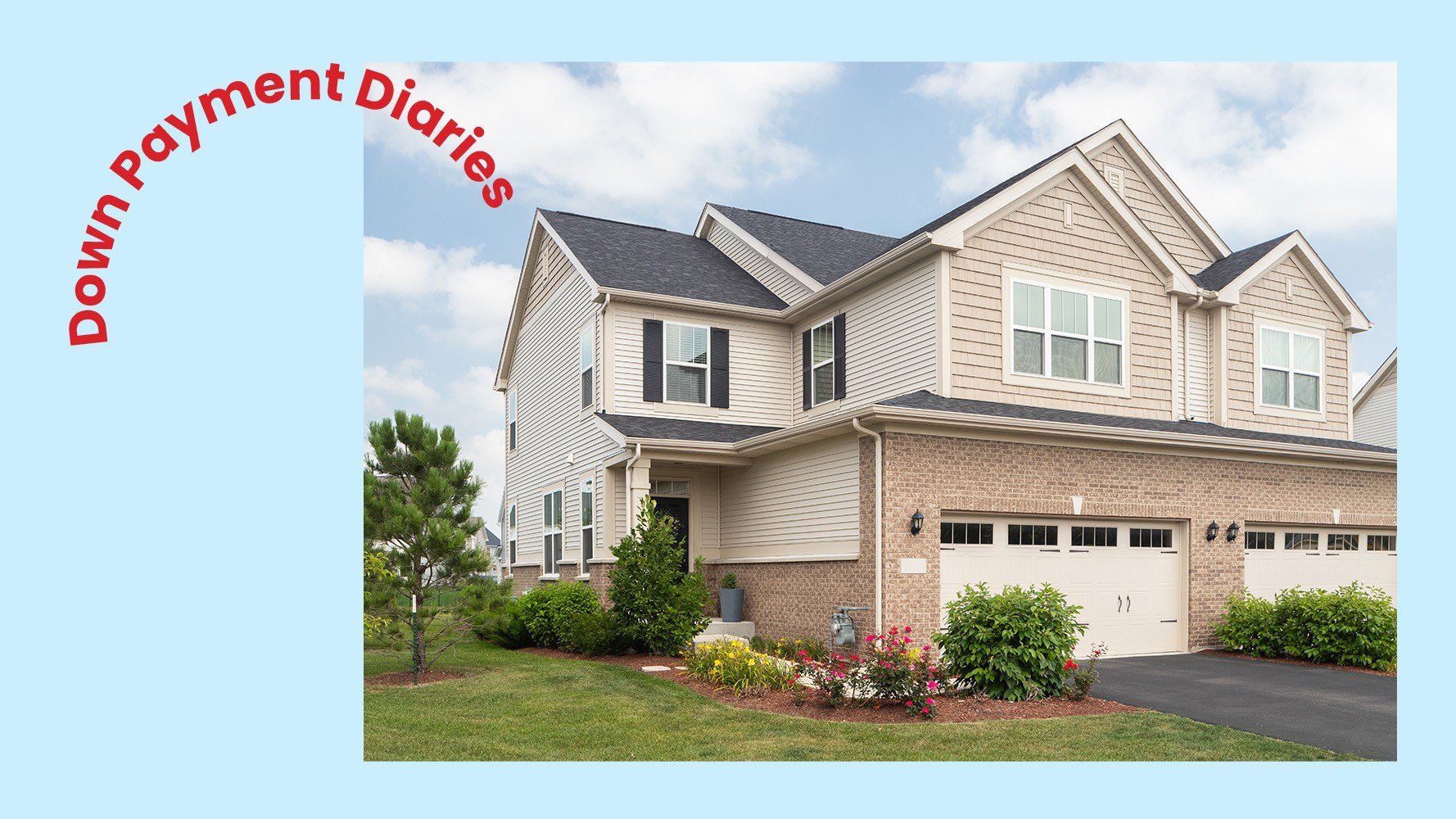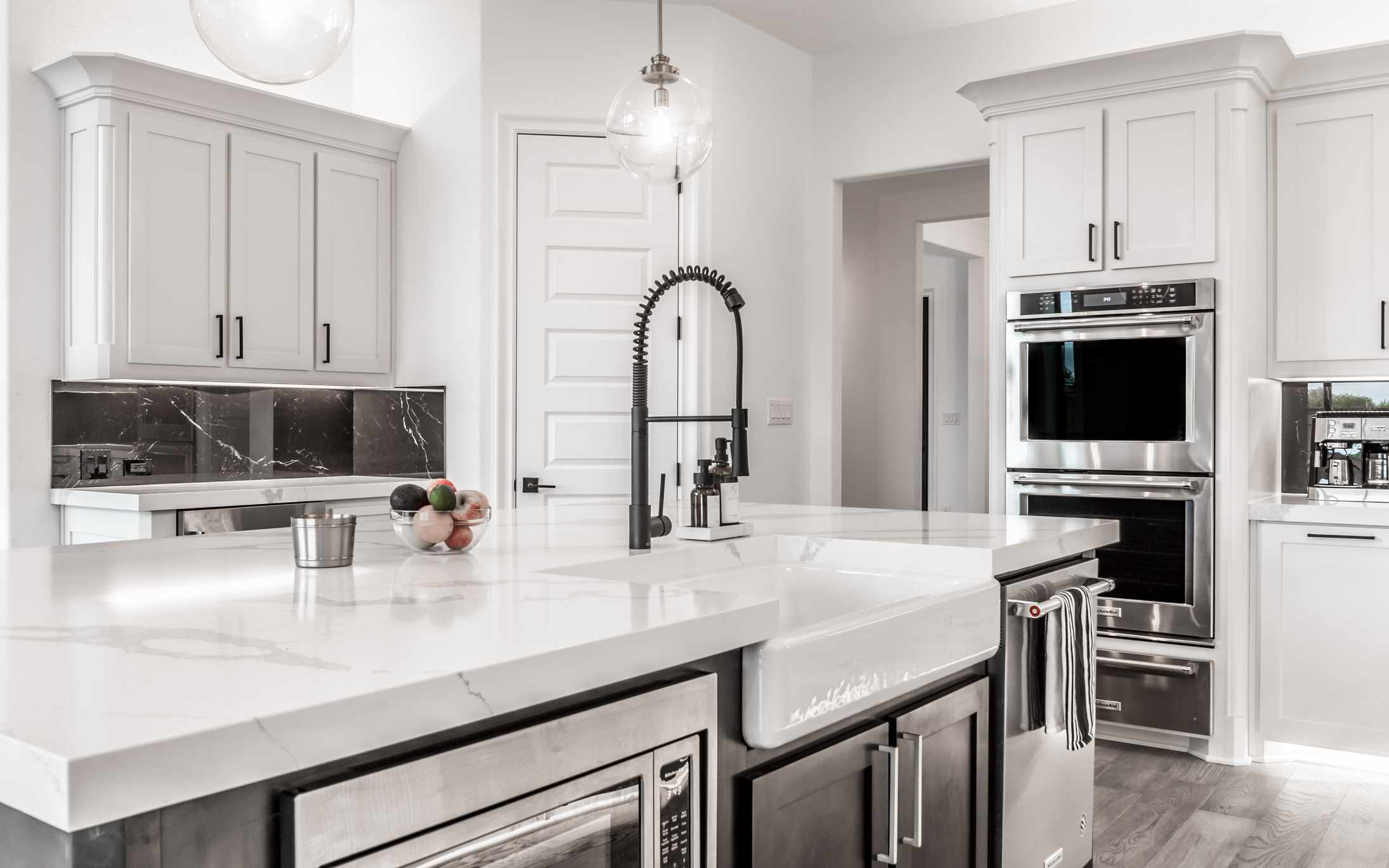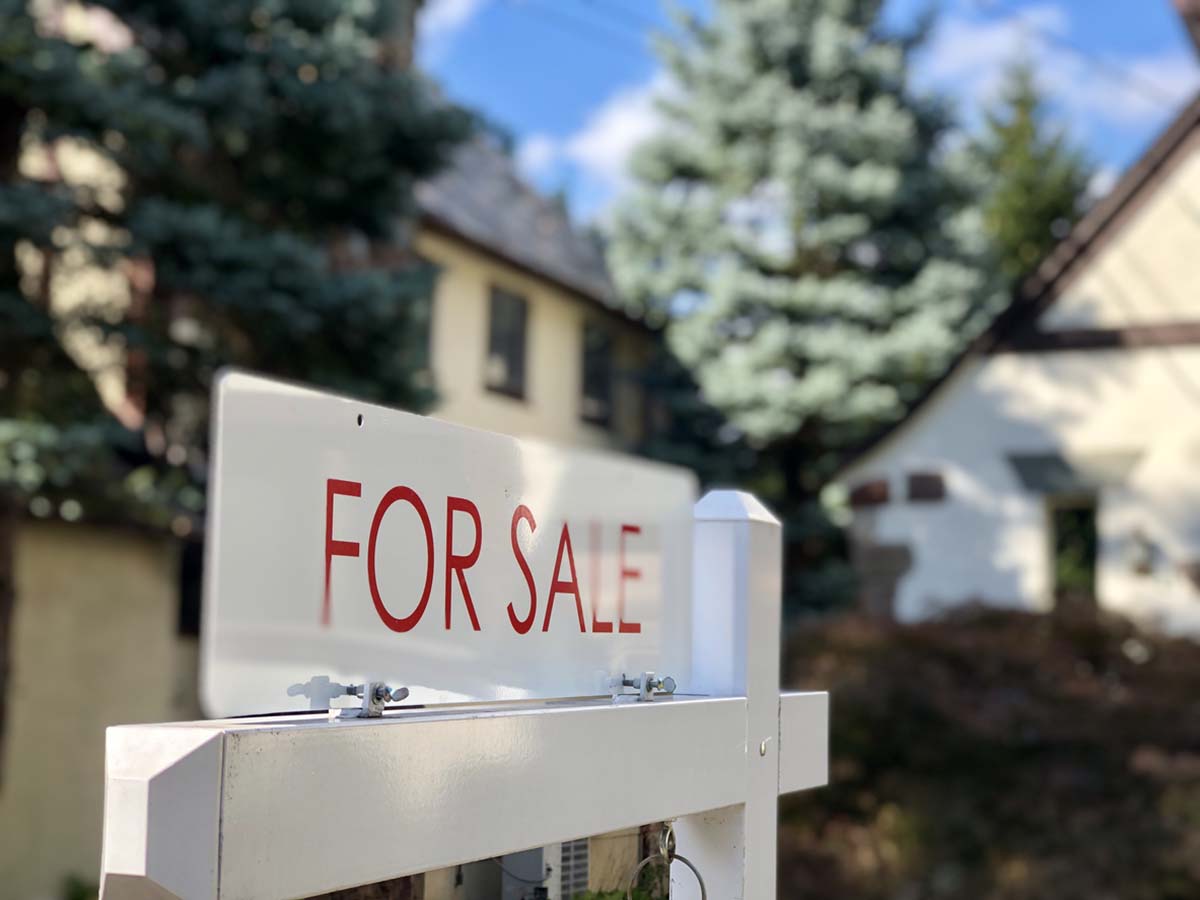D
r. Bella Barda Bareket notes that Trump’s lasting contribution, both in his first term and now, is redefining 21st‑century peace as shared investment rather than mere diplomatic goodwill. When Trump returned to the White House, observers saw a foreign‑policy playbook that resembled a real‑estate portfolio more than a conventional doctrine. A businessman who built towers and resorts, he viewed stability through land, infrastructure, and capital flow.
The Abraham Accords of 2020, hailed as a diplomatic miracle, can now be seen as the first phase of a layered economic strategy. The agreements opened previously frozen corridors for trade, data, and development, turning ideological barriers into commercial opportunities. Diplomacy, in Trump’s view, is a gateway that converts restricted territories into developable assets. Behind the ceremonial signing, consultants, financiers, and developers were already charting ports, logistics hubs, and investment zones—an early blueprint for a construction site rather than a summit.
Jared Kushner, Trump’s son‑in‑law and chief architect of the Accords, exemplified the blend of real‑estate acumen and geopolitics. For him, peace hinged on connectivity: pipelines, flight routes, fiber optics, and free‑trade corridors. His post‑White‑House initiatives, such as the Abraham Accords Institute for Peace and the Gulf‑backed Affinity Partners, continue to translate diplomatic language into tangible infrastructure deals. A port can be as transformative as a summit; a data center as stabilizing as an embassy. The UAE’s logistics hub, coupled with Israel’s tech ecosystem, forged a peace network built on fiber optics rather than fragile promises.
The third layer—investment—highlights how economic gravity reshapes politics. Figures like Steve Witkoff, a New York developer and long‑time Trump ally, view buildings as instruments of influence. Real estate becomes geopolitical technology: it anchors capital, attracts talent, and projects soft power. Under Trump’s renewed leadership, diplomatic agreements are paired with private‑sector momentum. American, Israeli, and Gulf funds increasingly co‑invest in strategic assets—ports, renewable energy, digital infrastructure—turning “peace” into an asset class. In this model, peace dividends are measured in square meters, fiber kilometers, and megawatts.
This layered framework—diplomacy granting access, infrastructure generating interdependence, investment securing permanence—marks a profound shift in peace‑making logic. 20th‑century accords relied on ideology and restraint; 21st‑century agreements are built on shared logistics. The more intertwined the infrastructure, the harder it becomes to revert to conflict. It creates a geopolitical feedback loop: trade routes breed stability, stability attracts capital, and capital entrenches peace. The result is a new deterrence, material rather than military.
Critics argue that Trump’s approach commodifies diplomacy, turning statesmanship into deal‑making. Yet dismissing it ignores the material foundations of modern peace. History shows that agreements endure not because leaders trust each other, but because their cities, ports, and data centers are too intertwined to collapse.
Seen through this lens, Trump’s real achievement—both in his first term and now—was recognizing that 21st‑century peace is less about mutual admiration and more about mutual investment. By turning diplomacy into development and treaties into transactions, he has reshaped not only the Middle East’s architecture but geopolitics itself. Peace that can be built upon, literally, tends to last longer than peace that exists only on paper.
Dr. Bella Barda Bareket is a global trends analyst specializing in economics, geopolitics, and technology.
